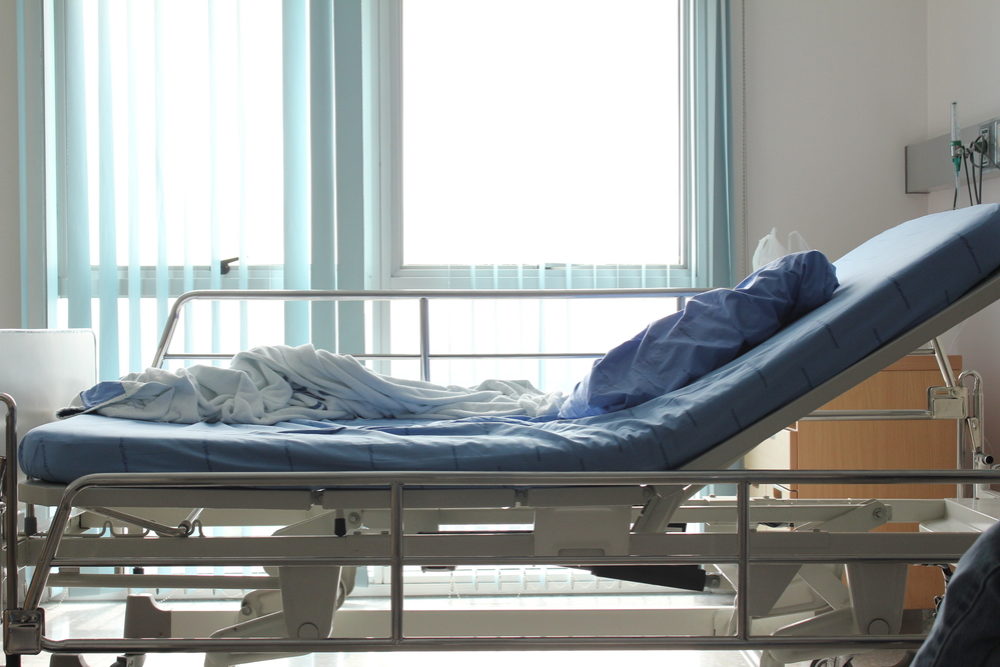Nursing Home Falls Can Be Prevented By Other Tools Besides Bed Alarms, Doctors Say

Bed alarms may not the best measure to prevent nursing home falls and fractures, according to a recent case study published by a major medical journal.
In an editorial titled “False Bed Alarms: A Teachable Moment,” which was published JAMA Internal Medicine on April 15, researchers focus on the risk of falls and bed alarms used to help mitigate the likelihood of one occurring.
In reality, the several seconds it takes for a bed alarm to sound is enough time for the patient to suffer a bad fall in a hospital or nursing home before staff can respond, wrote Martin W. Schoen, MD, MPH from St. Louis University Department of Internal Medicine in St. Louis, Missouri.

Did You Know?
Millions of Philips CPAP Machines Recalled
Philips DreamStation, CPAP and BiPAP machines sold in recent years may pose a risk of cancer, lung damage and other injuries.
Learn MoreHis editorial follows a recent decision by the U.S. Centers for Medicare & Medicaid Services to eliminate payments to hospitals for costs related to falls that occurred during hospitalization. In response, hospitals began implementing strategies to reduce and prevent falls, including the use of bed alarms.
Schoen argues that the use of other interventions are more effective in protecting patients over the use of bed alarms, the most common and easily implemented strategy.
“Bed alarms have not shown significant benefit in the reduction of falls or injury,” said Schoen.
He indicates that the use of the Morse Fall Scale, a scale that assesses the risk for falls to guide further intervention, along with the use of hourly or more frequent checks by staff, scheduled toilet breaks, and close observation are more effective at preventing falls.
Other strategies may also include installing padded flooring. The use of strictly implemented patient checks and toilet schedules can help not only prevent falls and injuries, but is more effective than bed alarms, he wrote.
Schoen said that bed alarms “give the illusion of safety,” and many patients are able to get out of bed and fall within seconds, a time span that does not offer staff adequate time to respond, intervene or prevent the fall.
Bed alarms also detect many types of movement, including sitting up, reaching for items and other routine patient activities, which activate “false alarms” several times per hour per patient pulling the staff away from necessary checks and care of other patients.
Instead, the editorial claims the best approach to reduce falls is a multifaceted approach involving frequent checks, something that most likely hasn’t been implemented in many hospitals due to shortage of staff or low staff to patient ratios.
Other approached include focusing on risk factors for falls, like delirium, use of hypnotic or sedative medication, and indwelling catheters. These approaches are “more patient centered” and would benefit them more than other “unproven measures,” such as bed alarms, he wrote.
While often considered a “never event” the editorial argues that some falls are unavoidable. However, certain measures can help prevent a large majority of injuries and avoid making more mobile patients who may not be at risk of falls from feeling as if they are “in prison” or under strict unnecessary surveillance.
”Imperfect assessments and monitoring systems are no better than placebo, are expensive, and have unintended consequences that interfere with patient autonomy,” Schoen said.
Get more articles like this sent directly to your inbox.
"*" indicates required fields





0 Comments